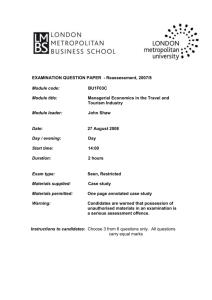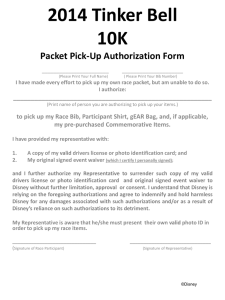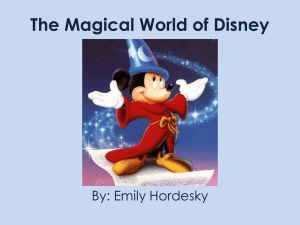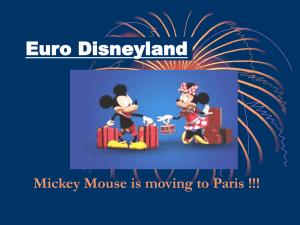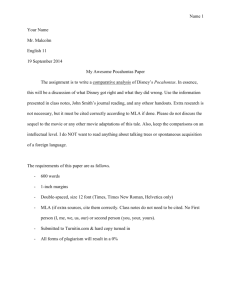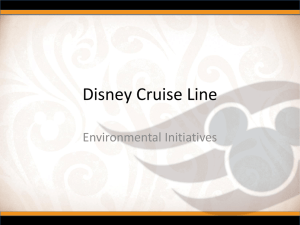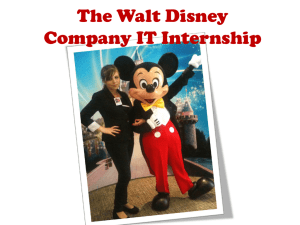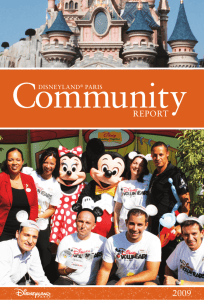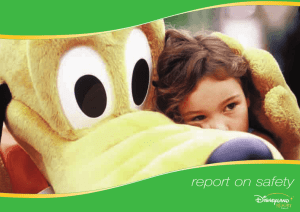document
advertisement
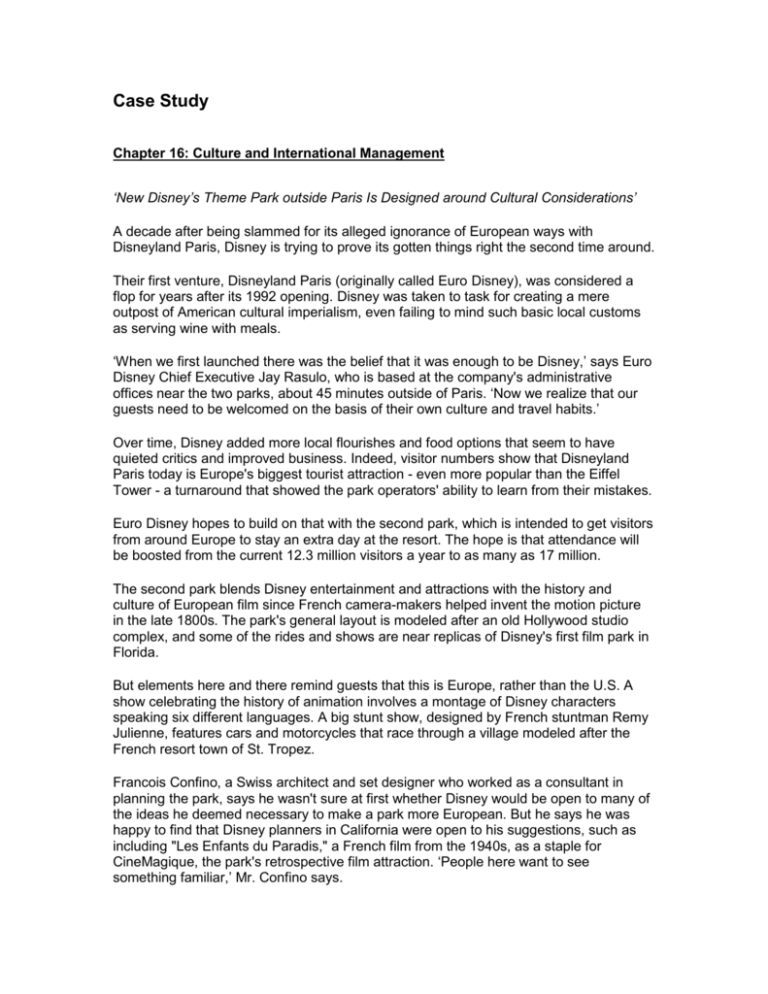
Case Study Chapter 16: Culture and International Management ‘New Disney’s Theme Park outside Paris Is Designed around Cultural Considerations’ A decade after being slammed for its alleged ignorance of European ways with Disneyland Paris, Disney is trying to prove its gotten things right the second time around. Their first venture, Disneyland Paris (originally called Euro Disney), was considered a flop for years after its 1992 opening. Disney was taken to task for creating a mere outpost of American cultural imperialism, even failing to mind such basic local customs as serving wine with meals. ‘When we first launched there was the belief that it was enough to be Disney,’ says Euro Disney Chief Executive Jay Rasulo, who is based at the company's administrative offices near the two parks, about 45 minutes outside of Paris. ‘Now we realize that our guests need to be welcomed on the basis of their own culture and travel habits.’ Over time, Disney added more local flourishes and food options that seem to have quieted critics and improved business. Indeed, visitor numbers show that Disneyland Paris today is Europe's biggest tourist attraction - even more popular than the Eiffel Tower - a turnaround that showed the park operators' ability to learn from their mistakes. Euro Disney hopes to build on that with the second park, which is intended to get visitors from around Europe to stay an extra day at the resort. The hope is that attendance will be boosted from the current 12.3 million visitors a year to as many as 17 million. The second park blends Disney entertainment and attractions with the history and culture of European film since French camera-makers helped invent the motion picture in the late 1800s. The park's general layout is modeled after an old Hollywood studio complex, and some of the rides and shows are near replicas of Disney's first film park in Florida. But elements here and there remind guests that this is Europe, rather than the U.S. A show celebrating the history of animation involves a montage of Disney characters speaking six different languages. A big stunt show, designed by French stuntman Remy Julienne, features cars and motorcycles that race through a village modeled after the French resort town of St. Tropez. Francois Confino, a Swiss architect and set designer who worked as a consultant in planning the park, says he wasn't sure at first whether Disney would be open to many of the ideas he deemed necessary to make a park more European. But he says he was happy to find that Disney planners in California were open to his suggestions, such as including "Les Enfants du Paradis," a French film from the 1940s, as a staple for CineMagique, the park's retrospective film attraction. ‘People here want to see something familiar,’ Mr. Confino says. Paul Pressler, who oversees all of Disney's theme-park empire as chairman of Disney Parks and Resorts, says small details reflect the cultural lessons learned. ‘We made sure that all of our food venues have covered seating,’ he says, recalling that open-air restaurants when Disneyland Paris first opened offered no protection from the rainy weather that ails the park for long stretches of the year. On the food front, Disneyland Paris offered only a French sausage, drawing complaints from the English, Germans, Italians and everyone else about why their local sausages weren't available. This time around, Mr. Pressler says, the park will cater to ‘the multiple indigenous cultures throughout Europe’ - which includes a wider selection of sausages.1 Questions 1. Why do you think it was so important for Disneyland Paris to become more culturally aware? 2. If a Disney theme park was built in your country, what kind of cultural sensitivities should be taken into account? 3. What are the critical success factors in changing Disneyland Paris into a more European park? 1 Source: Excerpted from P Prada and B Orwall, ‘A Certain ‘Je Ne Sais Quoi’ at Disney’s New Park,” The Wall Street Journal, March 12, 2002, pp. B1, B4.


